Home>Construction & Tools>Building Materials>What Is The Shape Of A Brick
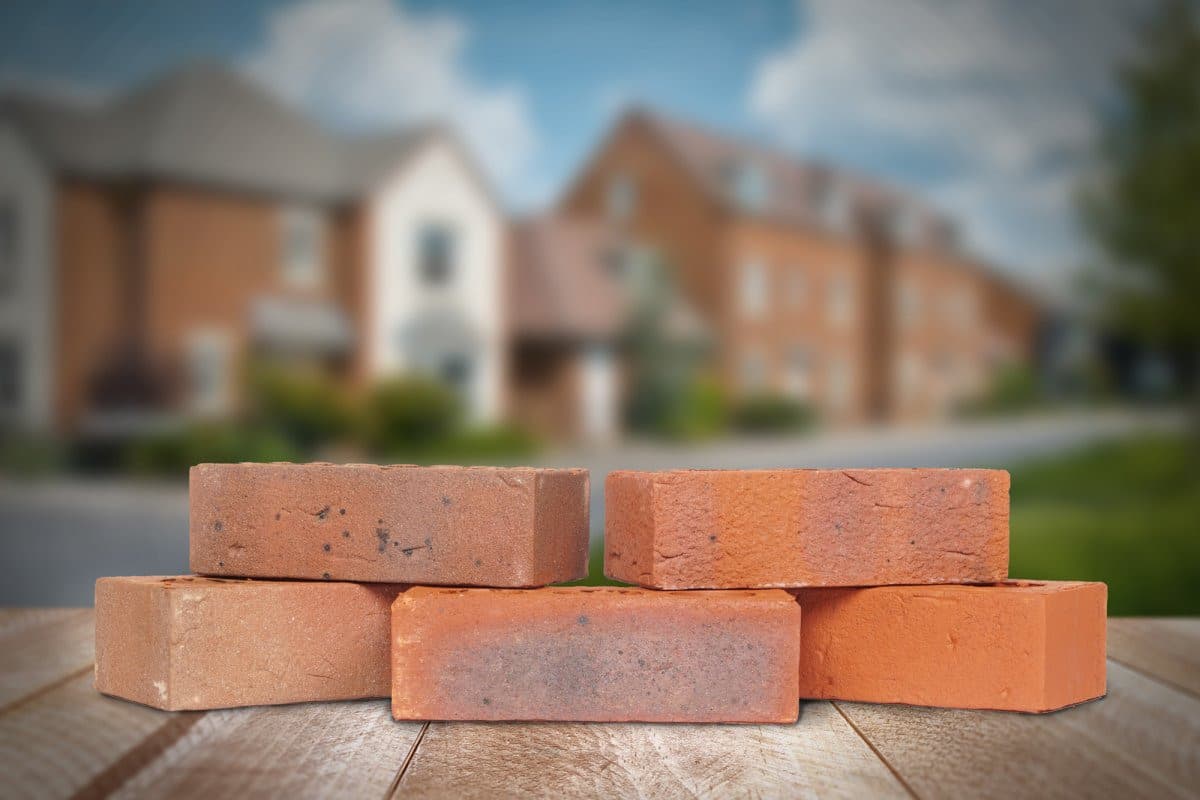

Building Materials
What Is The Shape Of A Brick
Modified: February 18, 2024
Discover the different shapes of bricks used in construction. Learn about the variety of building materials available for your project.
(Many of the links in this article redirect to a specific reviewed product. Your purchase of these products through affiliate links helps to generate commission for Storables.com, at no extra cost. Learn more)
Introduction
When you think of a brick, the image that comes to mind is likely a rectangular block. However, the shape of a brick is not as straightforward as it may seem. The design and dimensions of bricks play a crucial role in construction, influencing the strength, durability, and visual appeal of the final structure. In this article, we will delve into the fascinating world of brick shapes, exploring their history, variations, and significance in the realm of building materials.
Bricks have been an integral part of construction for thousands of years, with their shapes evolving to meet the changing needs of builders and architects. From traditional rectangular bricks to specialized shapes tailored for specific purposes, the diversity of brick forms reflects the ingenuity and adaptability of the construction industry.
Join us on a journey through the history of brick shapes, as we uncover the factors that influence their design and the crucial role they play in the construction of enduring and aesthetically pleasing edifices.
Key Takeaways:
- Brick shapes have evolved over thousands of years, reflecting human creativity and engineering prowess, impacting structural stability, aesthetic expression, and cultural continuity in construction.
- The diverse array of brick shapes, from standard rectangles to specialized forms, offers architects and builders unprecedented opportunities for creative expression and structural optimization.
Read more: What Shape Dining Table Is In Style?
History of Brick Shapes
The history of brick shapes is intertwined with the evolution of human civilization and the development of construction techniques. The earliest known bricks, dating back to around 7000 BC, were simple, sun-dried blocks made from clay and straw. These primitive bricks were irregular in shape and varied in size, reflecting the rudimentary methods of their production.
As civilizations advanced, so did the art of brickmaking. The ancient Mesopotamians, renowned for their architectural prowess, began firing bricks in kilns around 3500 BC, leading to the production of more uniform and durable bricks. These early fired bricks were rectangular in shape, setting the precedent for the iconic form that is synonymous with bricks today.
Throughout history, brick shapes have adapted to suit the specific needs of different cultures and architectural styles. In ancient Rome, for example, the Romans developed a variety of brick shapes, including the famous Roman arch bricks, which facilitated the construction of grand aqueducts, amphitheaters, and imposing structures such as the Colosseum.
During the medieval period, brickmaking techniques spread across Europe, leading to the emergence of distinctive regional styles. In the Netherlands, the use of elongated, narrow bricks known as “flemish bond” became prevalent, while in England, the tradition of crafting robust, square-shaped “common bricks” endured for centuries.
With the advent of industrialization, the mass production of bricks became more streamlined, allowing for the creation of standardized shapes that could be manufactured on a large scale. This shift paved the way for the proliferation of bricks as a ubiquitous building material, shaping the skylines of cities and the facades of countless structures around the world.
Today, the legacy of brick shapes continues to evolve, with modern construction techniques and innovative designs pushing the boundaries of what is possible with this timeless building material. From sleek, interlocking bricks used in contemporary architecture to specialized shapes engineered for energy efficiency and structural integrity, the story of brick shapes is a testament to the enduring legacy of a humble yet indispensable element of construction.
Common Brick Shapes
Bricks come in a diverse array of shapes, each serving specific functional and aesthetic purposes in construction. While the classic rectangular brick remains ubiquitous, there are numerous variations tailored to accommodate different building techniques, structural requirements, and design preferences.
One of the most recognizable brick shapes is the standard brick, also known as the common brick. This traditional rectangular form, typically measuring around 3 5/8 inches in height, 2 1/4 inches in width, and 8 inches in length, has been a staple of construction for centuries. Its standardized dimensions allow for efficient laying patterns and uniform mortar joints, making it a versatile choice for a wide range of architectural styles.
In addition to the standard brick, there are specialized shapes designed to enhance both the structural integrity and visual appeal of a building. King bricks, for instance, are larger and heavier than standard bricks, offering enhanced load-bearing capabilities and reducing the need for excessive mortar. On the other hand, queen bricks are smaller and more slender, ideal for creating intricate detailing and decorative patterns within masonry walls.
For curved or circular elements in construction, radial bricks are employed to form smooth, continuous arcs without the need for extensive cutting or shaping. These wedge-shaped bricks are essential for achieving elegant curves in structures such as arches, vaults, and rounded window openings, adding a touch of architectural flair to the built environment.
Another notable variation is the hollow brick, which features voids or perforations within its body. These cavities reduce the overall weight of the brick, making it easier to handle and transport, while also improving insulation properties and allowing for the insertion of reinforcing bars in reinforced masonry construction.
Furthermore, specialty bricks such as bullnose bricks (with rounded edges) and coping bricks (designed for capping walls) cater to specific functional requirements and add a distinctive touch to architectural elements. Their unique shapes provide practical solutions for finishing corners, edges, and parapets, contributing to the overall durability and aesthetic coherence of a structure.
These are just a few examples of the diverse brick shapes available to builders and architects, showcasing the adaptability and versatility of this time-honored building material. By selecting the most suitable brick shapes for a project, construction professionals can achieve structural integrity, design precision, and enduring beauty in their architectural endeavors.
The shape of a standard brick is usually rectangular with smooth, flat surfaces and straight edges. It is important to consider the dimensions and proportions of a brick when planning for construction projects.
Factors Affecting the Shape of a Brick
The shape of a brick is influenced by a myriad of factors, encompassing both functional considerations and aesthetic preferences. Understanding the elements that impact brick shape is essential for architects, builders, and manufacturers seeking to optimize the performance and visual impact of their construction projects.
Structural Requirements: The structural demands of a building heavily influence the choice of brick shape. Load-bearing walls, for example, may require thicker, sturdier bricks to withstand vertical and lateral forces, while decorative facades and non-load-bearing partitions may utilize slimmer, more ornate brick shapes to achieve intricate detailing and visual appeal.
Architectural Style: Different architectural styles often call for specific brick shapes to achieve their characteristic aesthetic. For instance, colonial and Georgian architecture commonly feature elongated, slender bricks, while industrial and contemporary designs may incorporate modular, interlocking brick shapes to create sleek, minimalist facades.
Manufacturing Techniques: The method of brick production influences the feasibility and cost-effectiveness of certain shapes. Extruded bricks, formed by forcing clay through a die, lend themselves to intricate shapes and textures, while wire-cut bricks, sliced from a column of clay, are better suited for producing standard rectangular forms.
Climate and Environmental Considerations: In regions prone to seismic activity or extreme weather conditions, the shape of a brick can impact the overall resilience of a structure. Specialized shapes, such as corbelled or angled bricks, may be employed to reinforce corners and edges, enhancing the building’s resistance to external forces.
Energy Efficiency: The thermal performance of a building can be optimized through the strategic use of brick shapes. Cavity walls, constructed by incorporating two layers of bricks with an air gap in between, enhance insulation and moisture resistance, contributing to energy savings and interior comfort.
Design Innovation and Customization: Advancements in brick manufacturing technology have expanded the possibilities for custom shapes and dimensions, allowing architects to realize their creative visions with precision. From undulating, wave-like forms to modular, tessellating patterns, the potential for innovative brick shapes continues to evolve, enabling the realization of bold and distinctive architectural statements.
By carefully considering these factors, construction professionals can harness the full potential of brick shapes to achieve structural integrity, energy efficiency, and aesthetic harmony in their architectural endeavors. The interplay of form and function in brick design exemplifies the dynamic synergy between tradition and innovation in the construction industry.
Importance of Brick Shape in Construction
The significance of brick shape in construction extends far beyond mere aesthetics, encompassing structural integrity, functionality, and architectural expression. The careful selection of brick shapes can profoundly impact the performance and visual impact of a building, making it a critical consideration for architects, builders, and designers alike.
Structural Stability and Load-Bearing Capacity: The shape and dimensions of bricks directly influence the strength and load-bearing capacity of masonry structures. By choosing the appropriate brick shapes, architects and engineers can optimize the structural integrity of walls, arches, and facades, ensuring that the building can withstand the forces it will encounter throughout its lifespan.
Design Flexibility and Artistic Expression: Diverse brick shapes empower architects to realize their design visions with precision and creativity. From intricate detailing and decorative patterns to sweeping curves and geometric forms, the versatility of brick shapes allows for the expression of architectural styles ranging from classical elegance to contemporary innovation.
Insulation and Thermal Performance: The shape and composition of bricks play a crucial role in regulating the thermal characteristics of a building. By incorporating specialized shapes and cavity wall constructions, builders can enhance insulation, mitigate heat transfer, and improve energy efficiency, contributing to a comfortable and sustainable built environment.
Weather Resistance and Durability: Certain brick shapes, such as angled or corbelled bricks, can bolster the resilience of masonry against environmental factors such as wind, rain, and seismic activity. By strategically utilizing these shapes in critical areas of a structure, builders can enhance its durability and longevity, reducing maintenance needs and ensuring long-term performance.
Historical Continuity and Cultural Heritage: The preservation of traditional brick shapes and the integration of regional styles contribute to the continuity of architectural heritage. By honoring time-honored brick shapes and techniques, builders pay homage to the craftsmanship of the past while enriching the cultural tapestry of the built environment.
Seamless Integration with Other Building Materials: The adaptability of brick shapes facilitates harmonious integration with other construction materials, such as glass, steel, and timber. Whether used as a primary structural element or as a decorative veneer, the diverse range of brick shapes enables cohesive and visually compelling juxtapositions with complementary building materials.
Ultimately, the importance of brick shape in construction lies in its multifaceted impact on the structural, aesthetic, and functional aspects of a building. By leveraging the rich palette of brick shapes available, construction professionals can achieve a harmonious balance of form and function, resulting in enduring, visually captivating, and resilient architectural masterpieces.
Read more: What Is A Brick
Conclusion
The shape of a brick is not merely a matter of form; it is a testament to the ingenuity, adaptability, and enduring legacy of construction materials throughout history. From the humble beginnings of sun-dried clay blocks to the diverse array of specialized forms available today, brick shapes have played a pivotal role in shaping the built environment and reflecting the aspirations of architectural innovation.
As we have explored the history, variations, and significance of brick shapes, it becomes evident that their impact transcends mere functionality, encompassing structural stability, aesthetic expression, and cultural continuity. The evolution of brick shapes mirrors the evolution of human creativity and engineering prowess, demonstrating the seamless interplay between tradition and innovation in the construction industry.
Looking ahead, the importance of brick shape in construction will continue to be a driving force behind the realization of architectural visions. With advancements in manufacturing techniques, sustainable design practices, and digital fabrication technologies, the potential for new and groundbreaking brick shapes is boundless, offering architects and builders unprecedented opportunities for creative expression and structural optimization.
Ultimately, the story of brick shapes is a testament to the enduring legacy of a material that has stood the test of time, bearing witness to the rise and fall of empires, the evolution of building techniques, and the enduring pursuit of architectural excellence. As we continue to build and innovate, let us honor the legacy of brick shapes, recognizing their pivotal role in shaping the skylines, streetscapes, and architectural wonders that define our built environment.
In the symphony of construction, brick shapes stand as a timeless melody, resonating with the echoes of the past and harmonizing with the aspirations of the future.
Frequently Asked Questions about What Is The Shape Of A Brick
Was this page helpful?
At Storables.com, we guarantee accurate and reliable information. Our content, validated by Expert Board Contributors, is crafted following stringent Editorial Policies. We're committed to providing you with well-researched, expert-backed insights for all your informational needs.




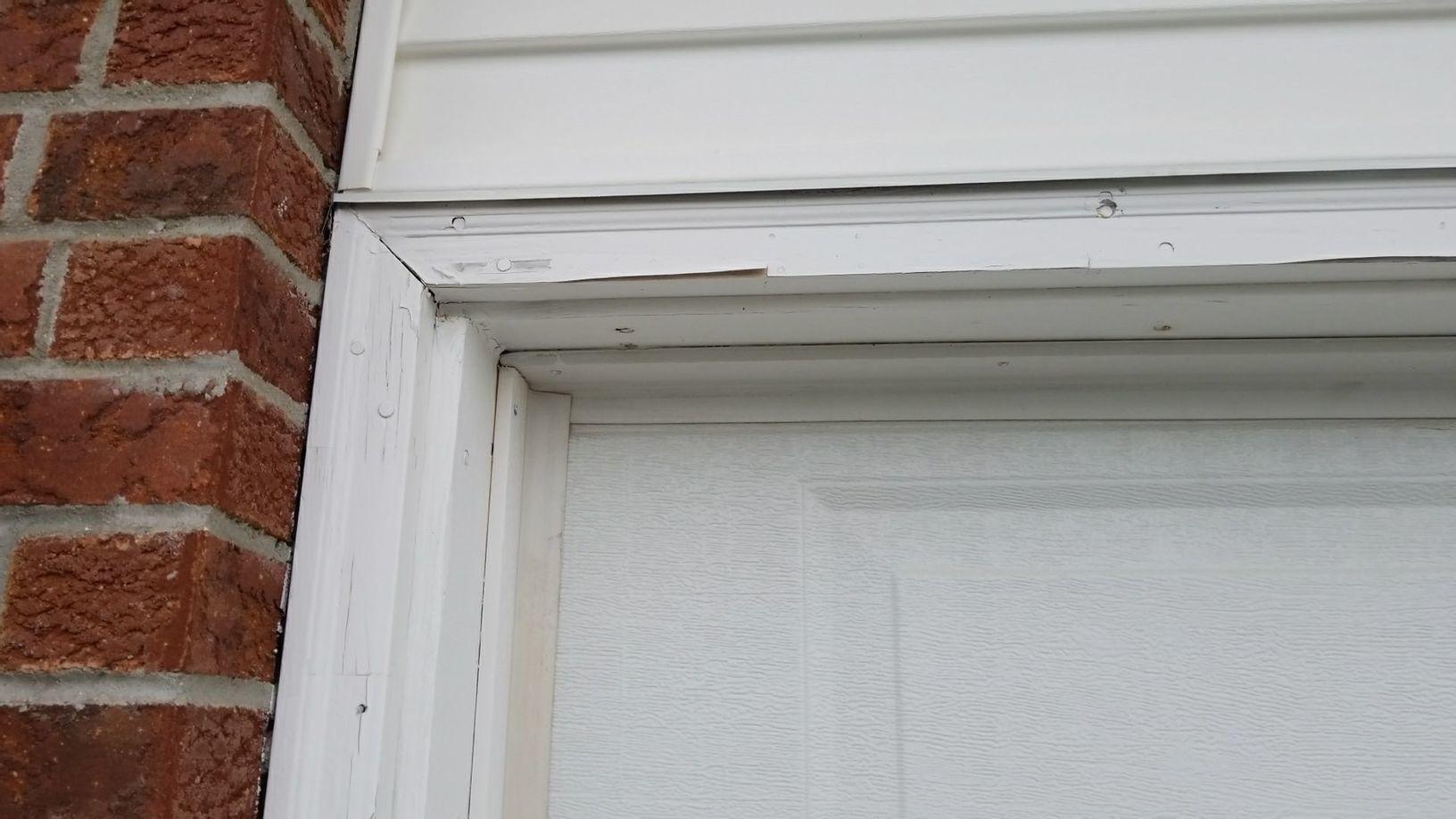
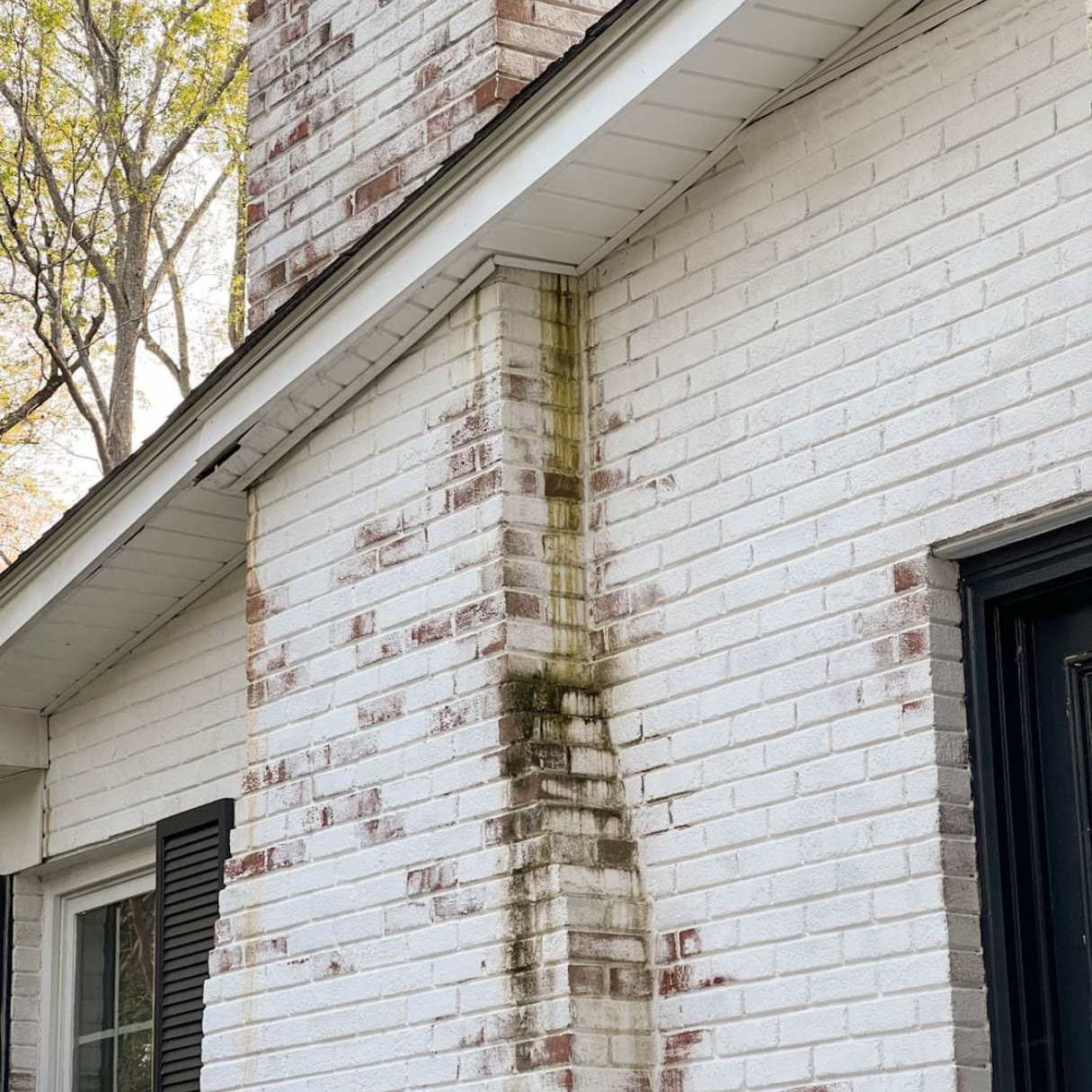
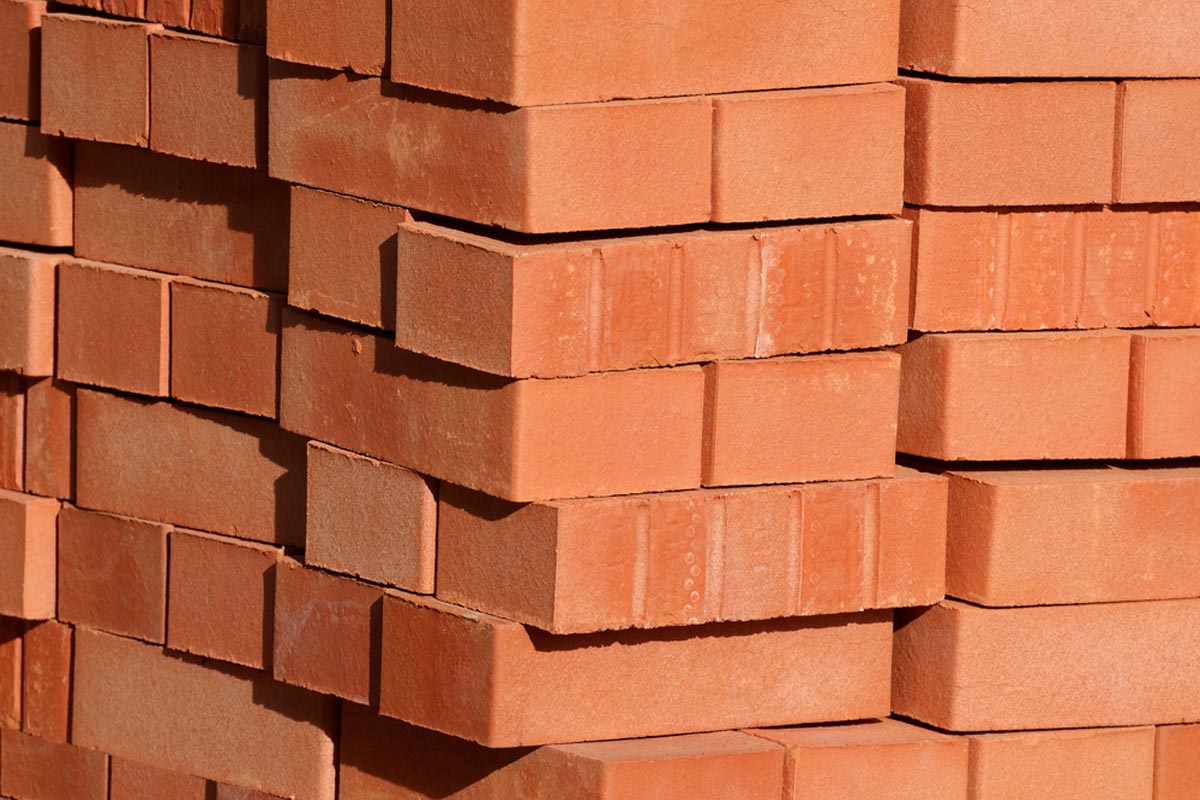
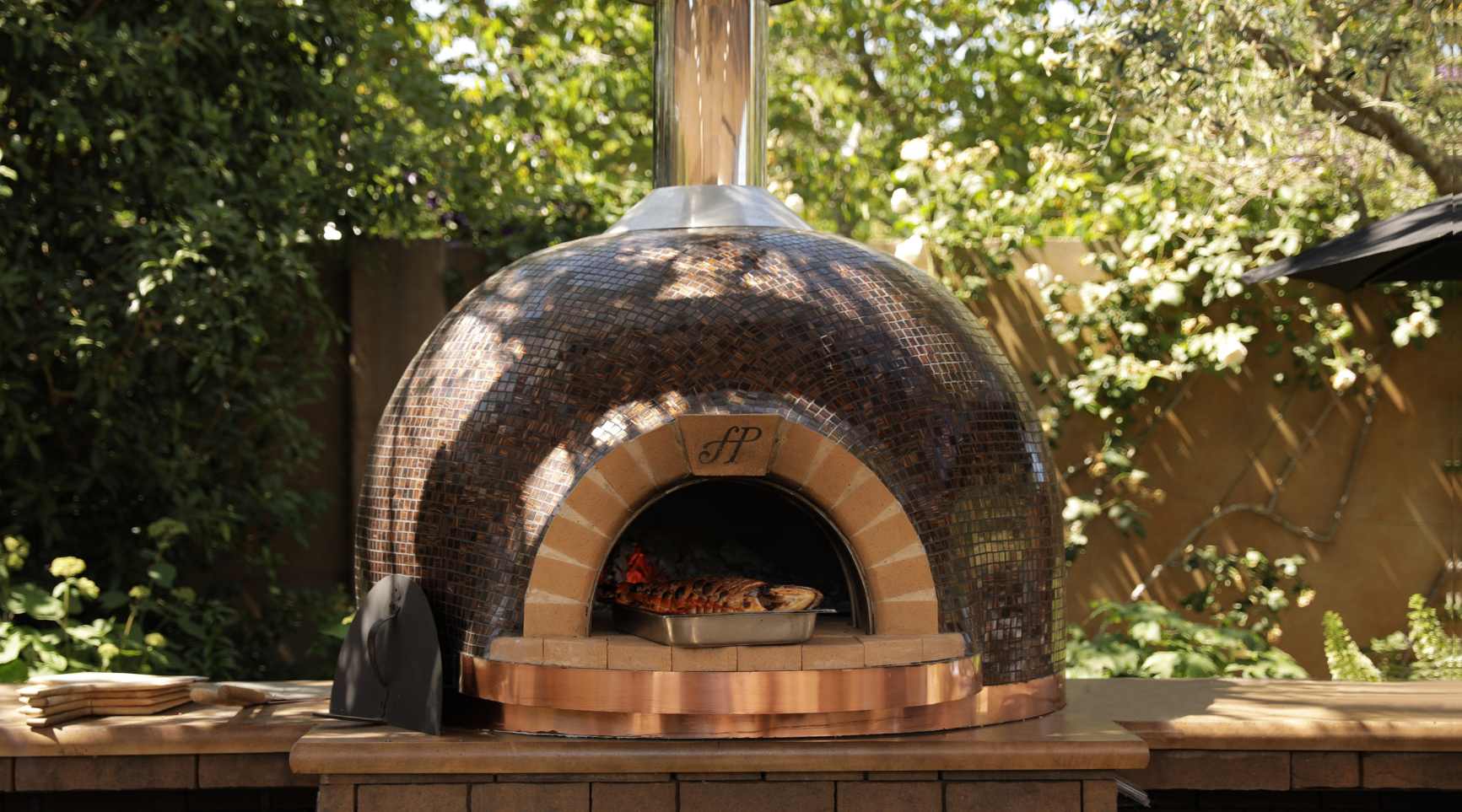
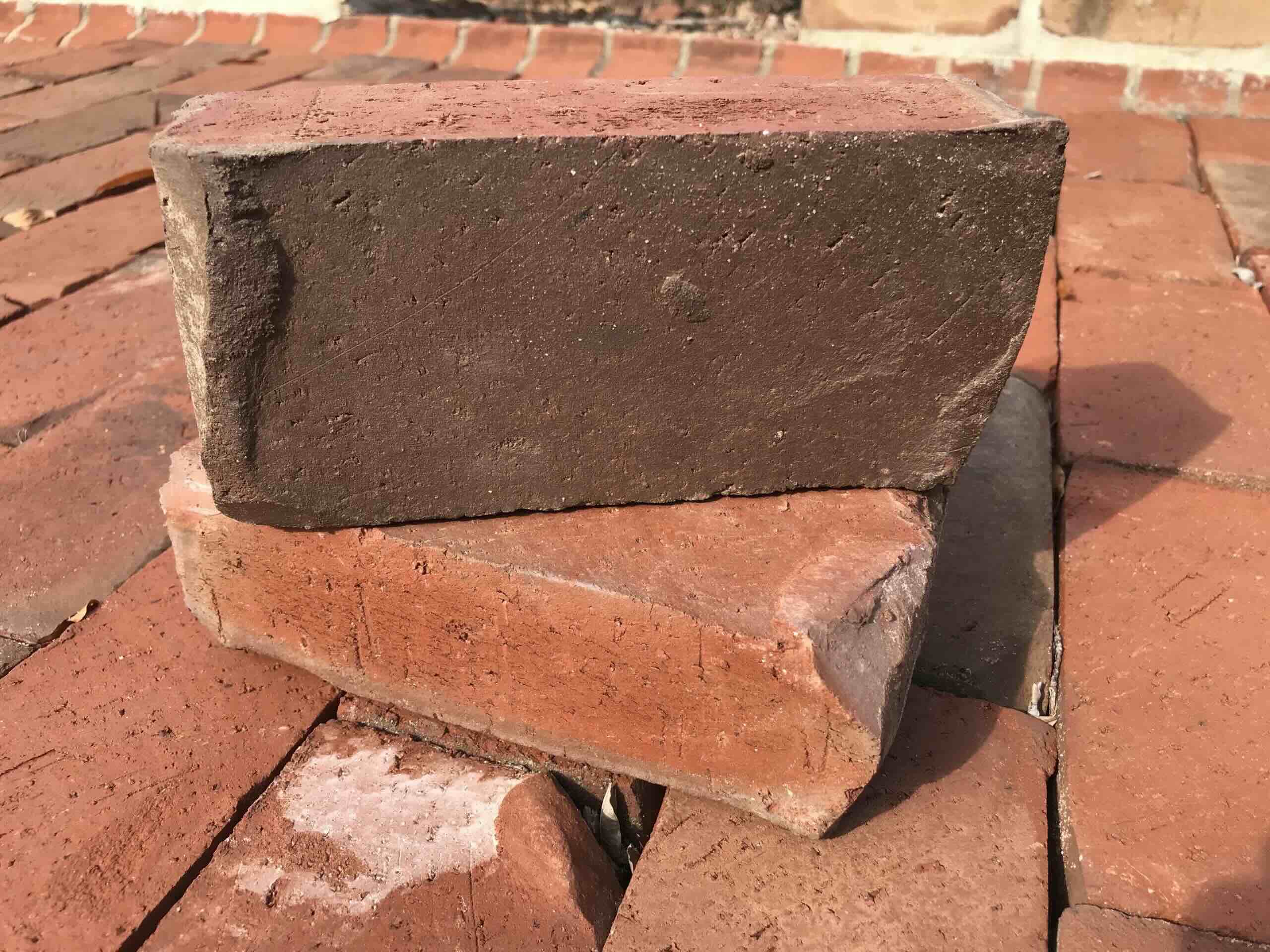
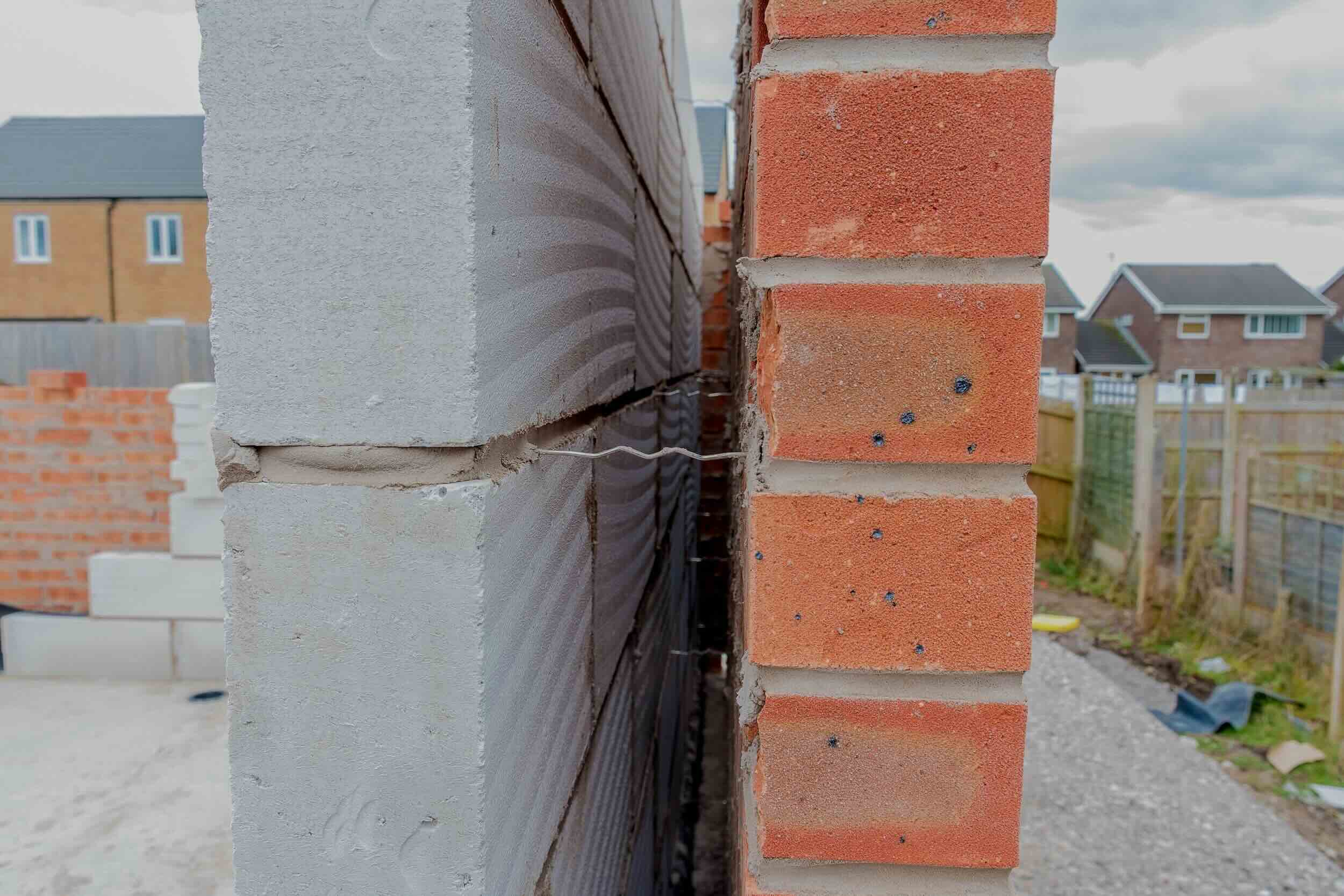
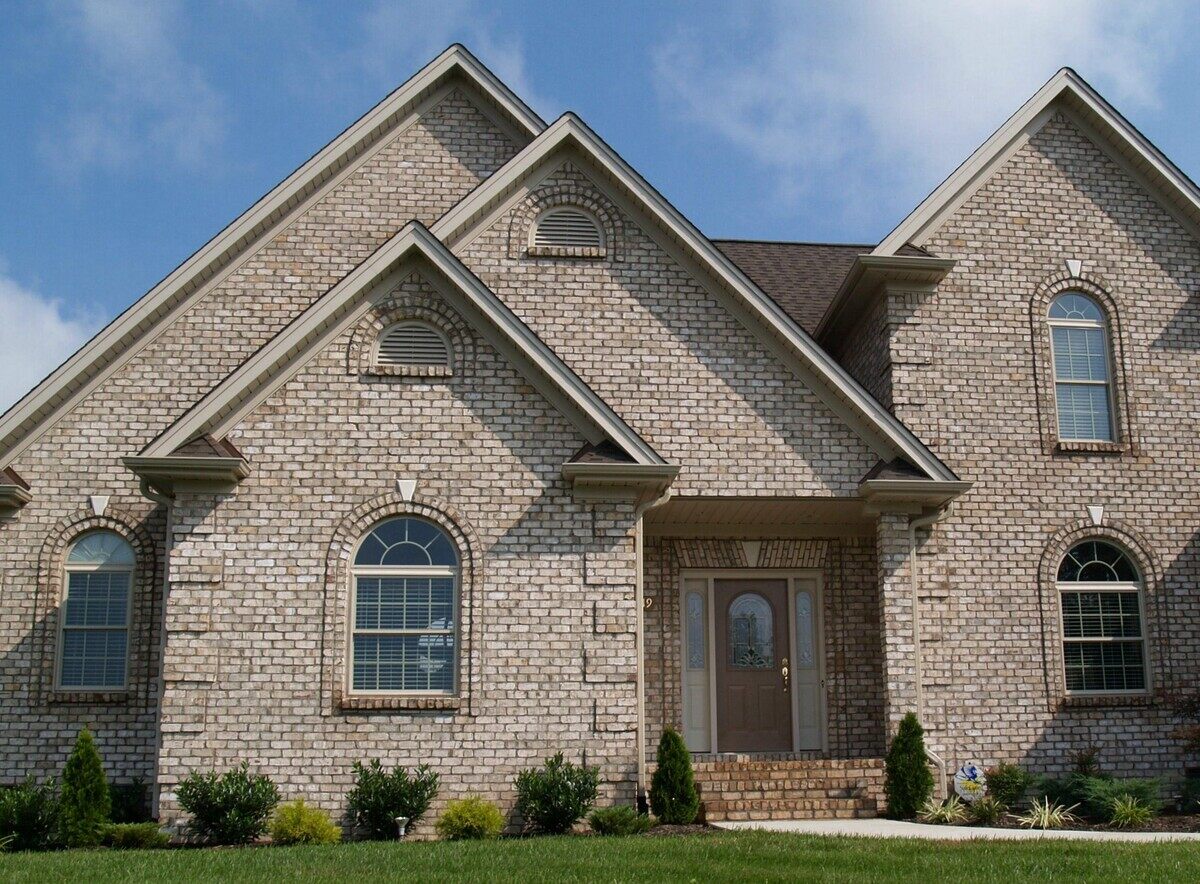
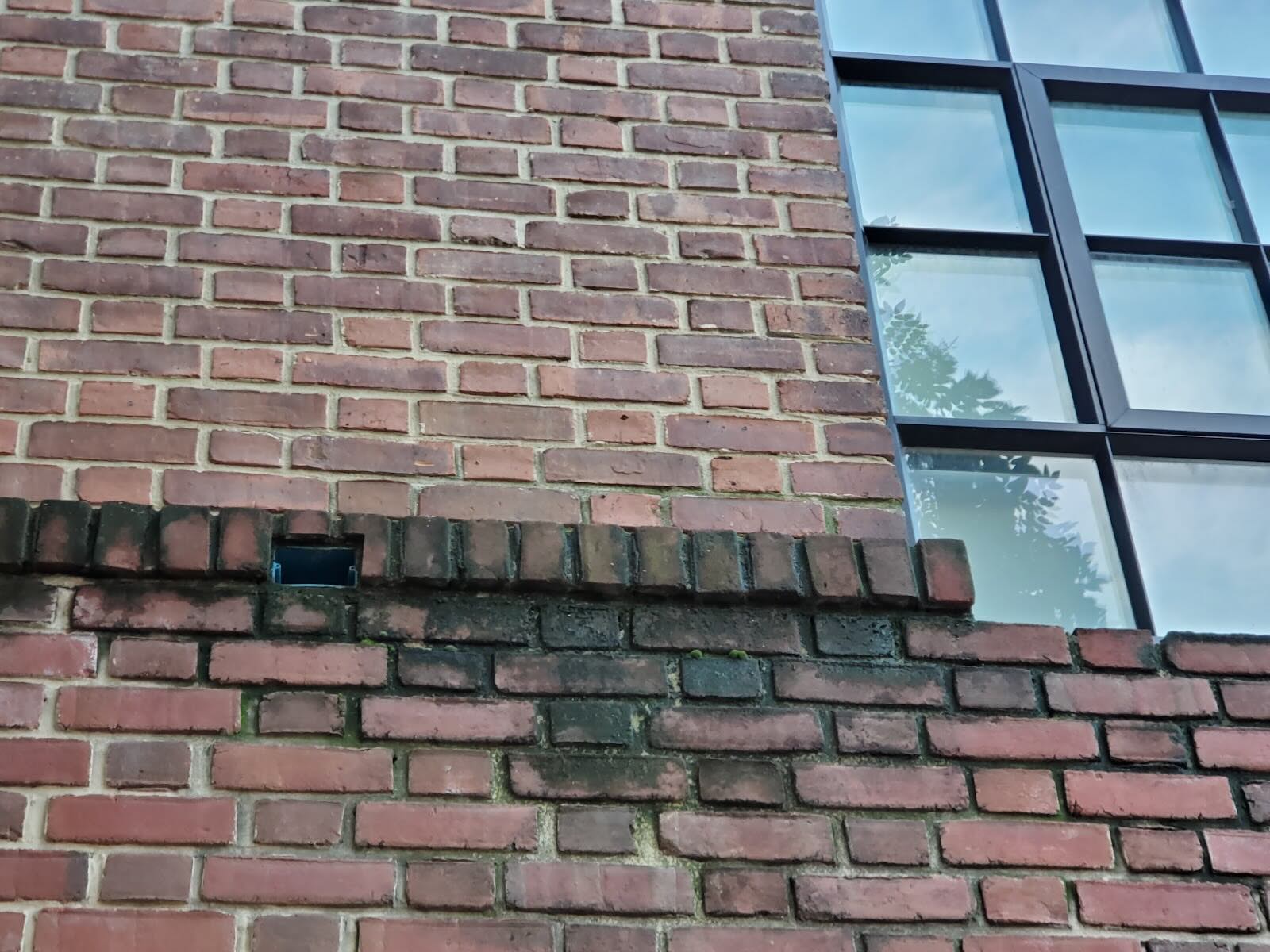
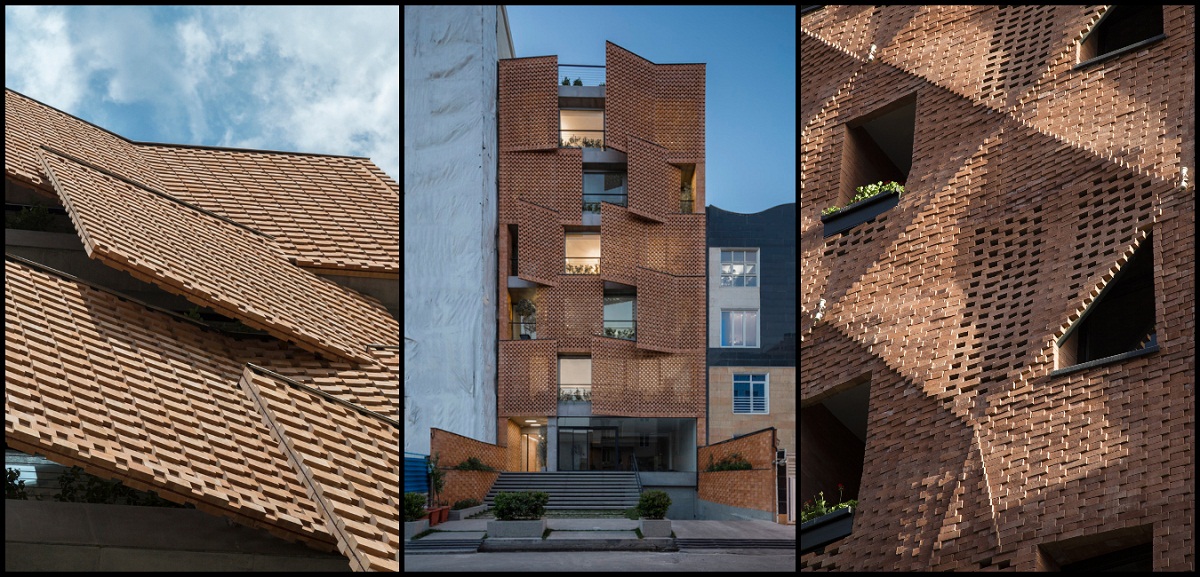
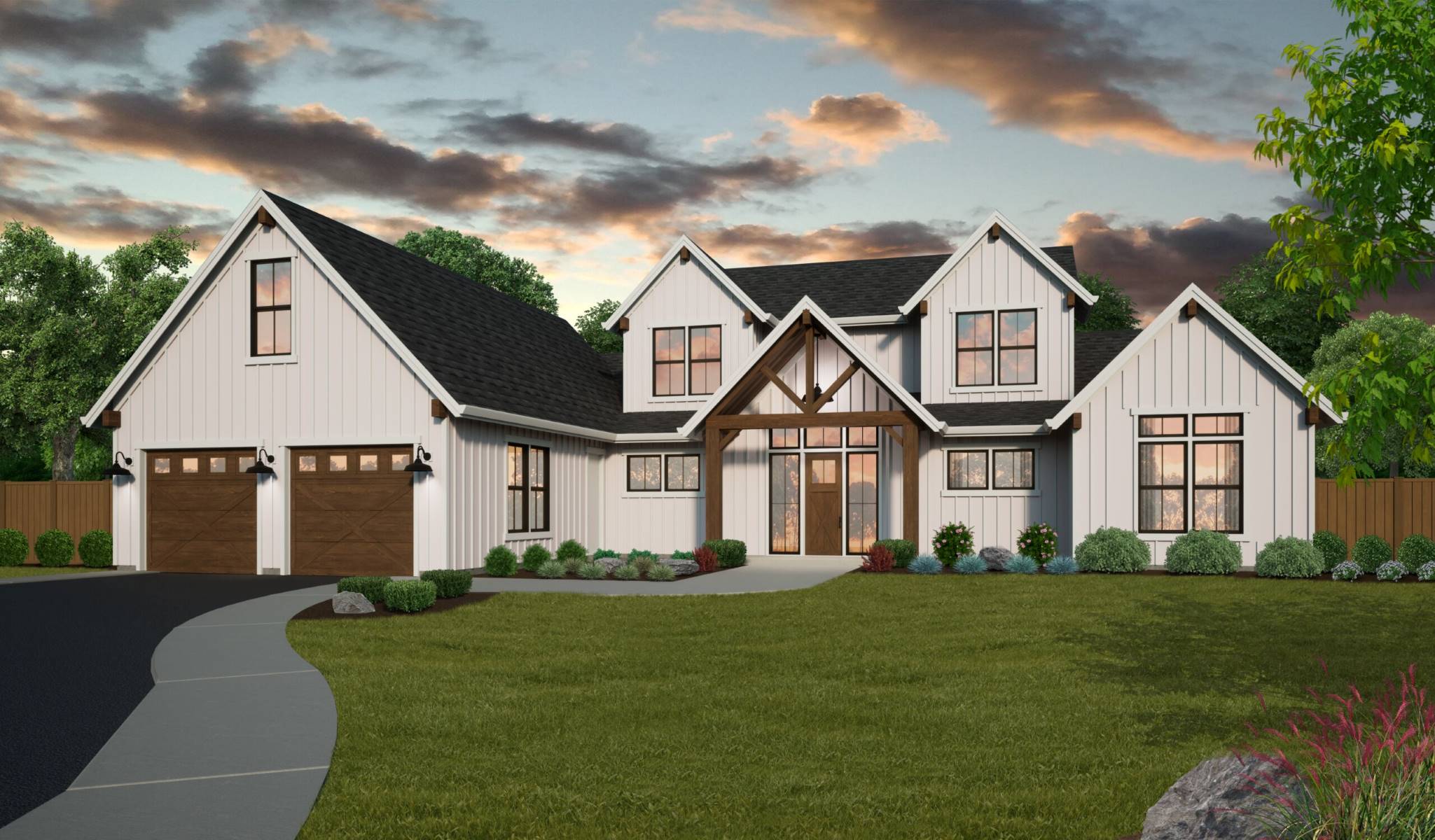

0 thoughts on “What Is The Shape Of A Brick”